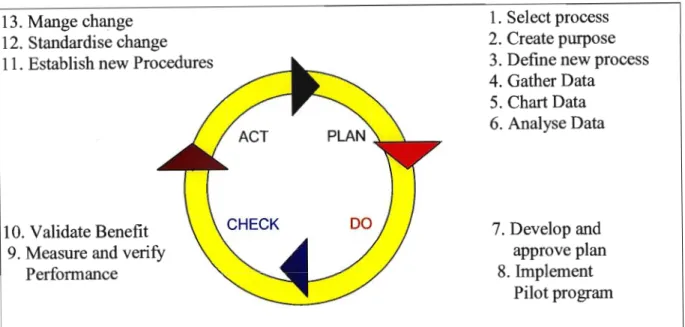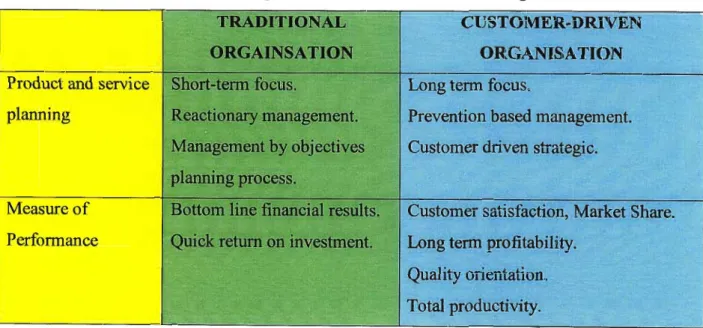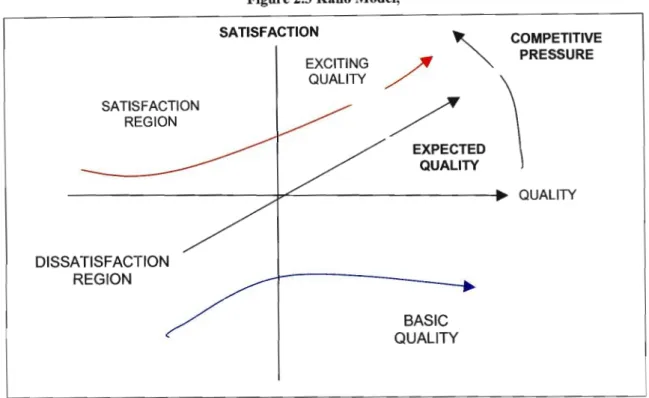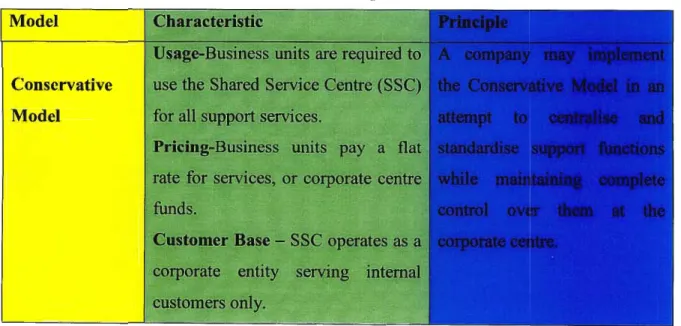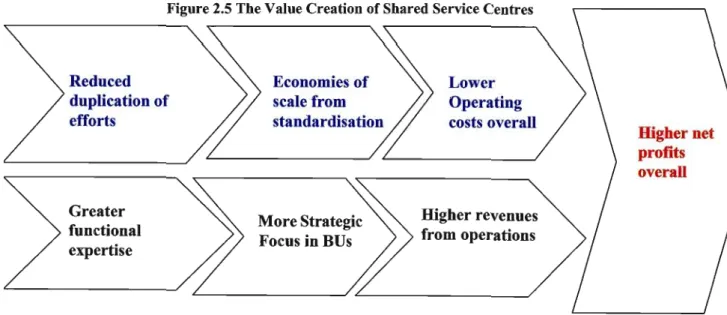To Mr Colin Pillay, I thank him for granting me access to conduct my research at the Gauteng Shared Services Center (GSSC) and the many Gauteng Provincial Departments for which the GSSC provides support services. This thesis seeks to understand the underlying principles of Six Sigma and its applicability to the Gauteng Shared Services Centre, in order to achieve quantum gains in service quality, customer satisfaction and productivity.
Introduction
A key element of the Six Sigma program's success is its ability to connect with customers. These CTQs should be identified quantitatively in the initial phase of the Six Sigma methodology.
Background of the Gauteng Shared Service Centre
Gauteng Audit Services ••
Human Resources Services
Procurements Services
Technology Support Services
Motivation for Research ••
GSSC's adoption of Six Sigma methodology will help it realize this goal. This chapter analyzes the key principles of Six Sigma and the Shared Services Center. The successful implementation of Six Sigma requires an adaptation of the organization's culture and a change in the mindset of employees.
The scope and timing of projects are critical during the early stages of a Six Sigma effort.

Value of Study
The Research Process .. "
The Research Problem
These may result in incremental changes to the shared service unit, but not necessarily to the overall satisfaction of the customer.
The Research Question
The Investigative Questions
The Research Design Methodology
Ethical Considerations
Employees should be motivated for the introduction and development of the Six Sigma program through various reward and recognition programs.

Linlitations of the Project
Key Research Objectives
Chapter and Content Analysis
Conclusion
The main problems facing the GSSC are introduced and the Six Sigrna method is offered as the solution to them. In Chapter 2, a detailed literature review of the Six Sigrna method and the functional development of Shared Service Centers will be carried out.
Introduction
A framework commonly used to achieve Six Sigma objectives is DMAIC (Derme, Measure, Analyze, Improve, and Control). Six Sigma initiatives require the right mindset and attitude of people working in the organization at all levels.
Litreture Review
What is Six Sigma
Statistical Definition of Six Sigma
Six Sigma Variability
Six Sigma Framework
Employees must be motivated to introduce and develop the Six Sigma program through various reward and recognition schemes. Champions - fully trained business leaders who promote and lead the Six Sigma implementation in essential or critical areas of the business.
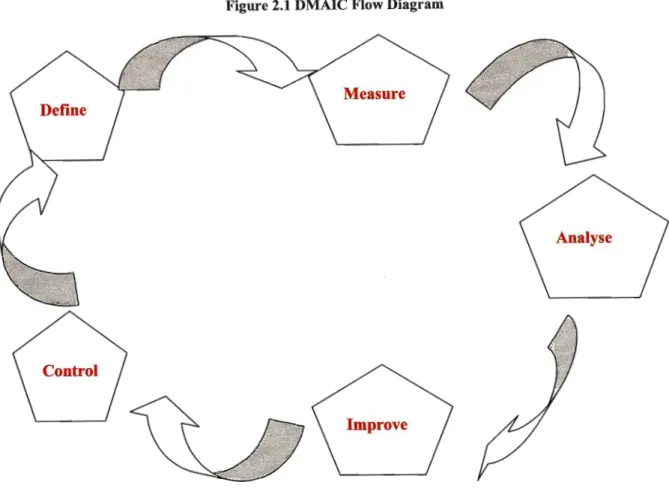
Six Sigma and Other Quality Improvement Philosphies
Litreture Review of Shared Service Centres
Evolution of Support Function Administration
Provides services from a central location accessible to multiple business units Provides carefully tailored services to individual business units as customers Facilitates strategic. Lustig, 2000) states that during the 1980s US companies began to decentralize support staff in response to perceptions that support functions were disconnected from the needs of business units and the end customer. Functions once centralized at the corporate level, such as human resources, sales and marketing, information systems, accounting, legal, and purchasing, were integrated into individual business units where they were needed and where they would be focused and accountable.
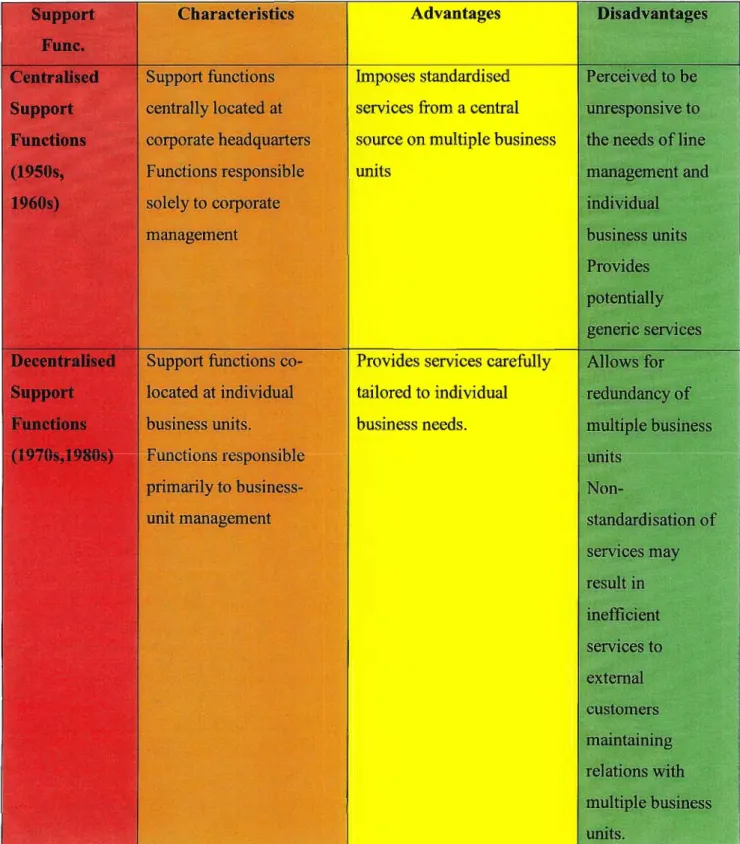
Definition of a Shared Service Centre
The underlying principles of Six Sigma should be taught to senior managers within the organization. Good support from top management is absolutely necessary when restructuring the organization and achieving cultural change and employee motivation towards quality and the Six Sigma strategy for the company. The survey questions were limited to questions other than those related to the understanding of the Six Sigma concept.
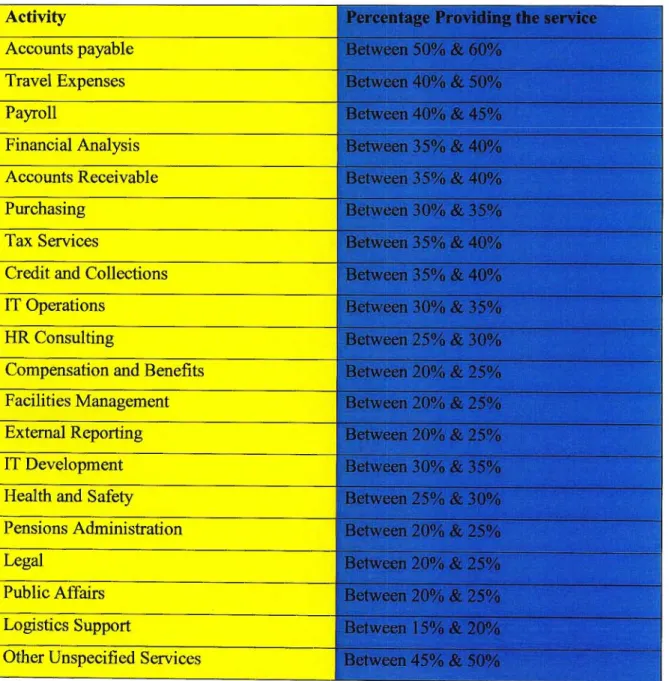
Activities of a Shared Service Centre
Risks Associated with Shared Services Centre
Conclusion
Six Sigma is a business strategy and systematic methodology, the application of which leads to a breakthrough in profitability through quantum gains in product/service quality, customer satisfaction and productivity. For effective implementation of Six Sigma, one must understand the critical success factors (CSFs) that will ensure the success of the application.
Introduction
Strong Leadership and Top Management
Cultural Change
Today, Six Sigma within GE is the way employees do their work in everyday life and it is nothing more than the mindset of people with the ultimate goal of 'doing things right the first time'. The success of an organization in both the local and foreign markets strongly depends on the culture of that specific organization (Sohal, 1998). The people within the organization must be informed and aware of the need for change. It would be ideal to create a communications plan that explains why Six Sigma is important and how the methodology of Six Sigma works in organizations (Hendricks and Kelbaugh, 1998). It is also essential to restructure the organization to drive culture and create Six Sigma. Sigma a part of everyday life.
Organisation Infrastructure
Training
This will help other projects in the pipeline to avoid the same mistakes and learn from them. The black belt system ensures that everyone in the organization speaks the same language. To be accredited as a black belt, candidates must complete an application form to demonstrate how they have met the requirements in both training and practice of Six Sigma (Ingle and Roe, 2001).
Understanding the Six Sigma Methodology, Tools, Techniques and Metrics
- Defme Phase
- Measure Phase
- Analysis Phase
- Control Phase
This makes setting up and executing Six Sigma projects much easier throughout the organization. The belt system curriculum varies from organization to organization and consultant to consultant; however, it must be provided by identifying the key roles of people directly involved in the application of Six Sigma. In addition, the examples and exercises used in the training must reflect the needs and challenges faced by the individual company.
Project Management Skills
In addition, there should be a clear set of metrics that are used to measure process performance against customer requirements.
Project Prioritisation and Selecting, Reviews and Tracking .•
Business benefits criteria
Feasibility criteria
Organisational impact criteria
Linking Six Sigma to Business Strategy •.•
Linking Six Sigma to the Customer .•
The organization must therefore prioritize projects that increase the ability to meet customer needs. According to the data-driven philosophy of Six Sigma, a company needs a "Voice of the Customer" (VOC) system to collect customer data. The data can also be used to analyze and prioritize customer requirements and thus link them to the company's strategy.
Linking Six Sigma to Human Resources •
The organization must be aware of the fact that the needs, demands and attitudes of customers change over time. The insight gained from this data can be used to create performance and customer satisfaction guidelines. Quality function deployment is a powerful technique for understanding customer needs and expectations and translating them into design or engineering requirements.
Linking Six Sigma to Suppliers
The key element in successfully integrating suppliers into Six Sigma is obtaining support from the highest levels of management in the supplier firm. Under the Six Sigma philosophy, one way to reduce variability is to have few suppliers with high performance capability levels (Pande et aI, 2000).
IT Infrastructure
Conclusion
Introduction •.•
Method used for Data Gathering
The specific responses to the item are combined so that individuals with the most favorable attitudes achieve the highest scores while individuals with the least favorable (or unfavorable) attitudes will have the lowest scores. Although not all summated scales are created according to Likert's specific procedures, all such scales share the basic logic associated with the Likert scale". Third, each item has no "right" answer, making the summated rating scale different from ' a multiple choice test.

Population Description
Sample Selection
34;Can Six Sigma provide a total solution to improve the quality of services offered by the Gauteng Shared Services Centre". A solid understanding of the key ingredients for successful implementation together with an understanding of the DMAIC process of Six Sigma will produce the solution that will result in a happy customer Six Sigma can be a great success or an expensive failure, depending on how it is implemented.
It is not enough for managers to support Six Sigma; they must lead the strategy. Launching a Six Sigma business strategy is an opportunity to assess the current culture in an organization.
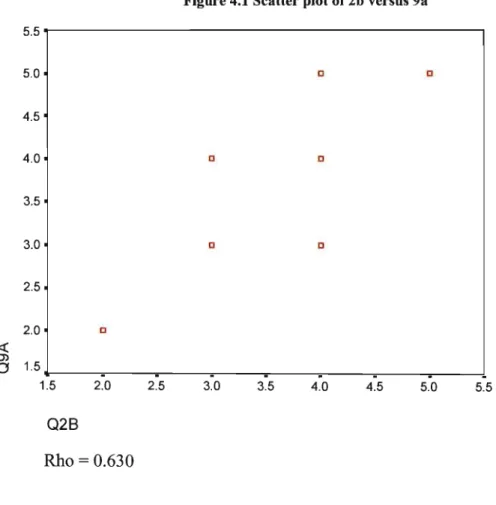
Compilation of Questiuonaire
Validity and Reliabilty Testing of the Questionaire
Reliabilty Testing
Validity Testing
The validity of a questionnaire is defined as its ability to measure and describe what it is supposed to measure and describe. In both of these cases, there is a moderately positive linear relationship between the answers to the question. Reliability and validity calculations for the Standard Bank questionnaire can only be performed when data on responses to the questions are available.
Ethical Considerations
Limitations
Conclusion
Introduction •
Overview
Analysis of Raw Data
Although the GSSC staff cannot take the initiative to improve customer service, this only reinforces the preceding statement. It can be noted that none of the respondents indicated that the GSSC greatly exceeds expectations i.e. majority of the respondents' attitude lies between mostly meets expectations and does not meet expectations.
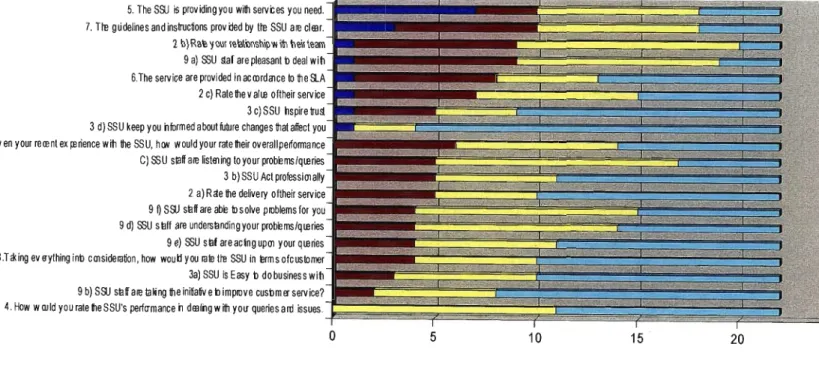
Data Analysis of Customer Feedback Survey
The above graphic representation reflects the frequency of the respondents on each of the questions that were opposed. It was shown by Conover, (1973) that when Ho is true, the distribution of T for n > 20 can be well approximated by a t-distribution with n-1 degrees of freedom.
Six Sigma LeveL
The overall average of 4.13 indicates that the GSSC's service quality is between a sigma level of 2 and 3. The defect rate is high, so something needs to be done to reduce the defect rate to improve the service levels offered.
Summary of Results
Conclusion
Introduction
Recommendations
Recommendations Based on the Research Questions
Although new technology is introduced into the environment together with scanning systems, information technology alone will not bring about a change in the quality of services offered. A comprehensive approach is needed to bring about a paradigm shift to achieve quantum gains versus incremental changes in operations. Six Sigma is a kind of philosophy that combines the power of people, processes and technology to achieve the highest level of service quality.
Recommendations Based on the Investigative Questions
It is also essential to restructure the organization to drive culture and make Six Sigma part of everyday life. Good support from top management is imperative in restructuring the organizational unit and achieving the culture change and employee motivation towards quality and Six Sigma strategy for the company. Implementing Six Sigma is a process in itself, so there must be a good action plan to ensure that the philosophy is implemented properly.
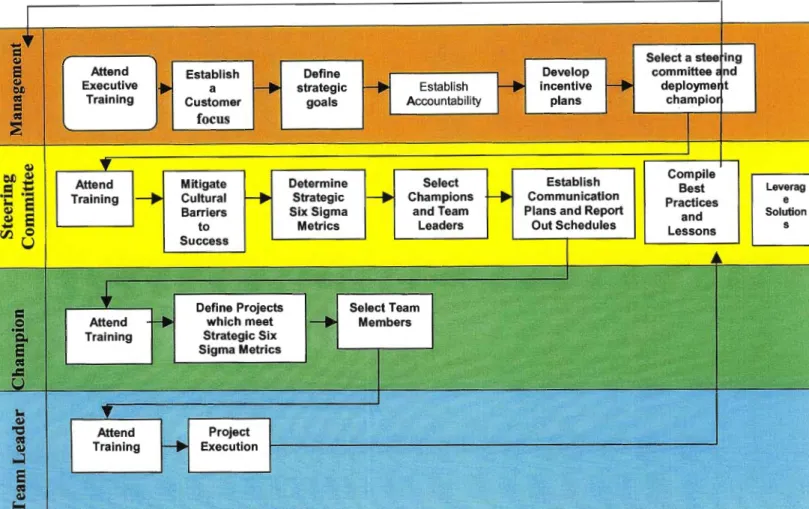
Conclusion
Six Sigma can then be used by the GSSC as a roadmap to effectively achieve these goals. However, when Six Sigma is sensibly implemented as a business strategy, accompanied by effective metrics, the GSSC can achieve significant benefits. The Six Sigma Way: How GE, Motorola and Other Top Companies Improve Their Performance, McGraw-Hill Professional, New York, NY.
Six Sigma-håndbogen, en komplet guide til Greenbelts, Blackbelts,. amp; Managers At All Levels, McGraw-Hill, New York, NY, s. The Six Sigma Handbook, A complete Guide For Greenbelts, Blackbelts, & Managers At All Levels, McGraw-Hill, New York, NY, s. 185.
Research Design Methodology
Conversion Table to Calculate Sigma Varaition
Traditional Organisations vs. Customer Driven Organisations
Characteristics, Advantages and Disadvantages of the 3 Support Function Structures
Activities in Shared Service Centres
Shared Service Implementation Models
Benefits Realised from Implementing Six Sigma
The Likert Scale Used for the Customer Feedback Survey at the GSSC .••.••
The Mean Score ofthe Questions the Respondents were Required to Answer •
Summary ofthe Results ofthe Signed Rank Tests •
Sigma Level at Satisfaction LeveL .•
DMAIC Flow Diagram
The Shewert-Demming PDSACycle for Learning and Improvement
Kano Model
Structural Evolution of Support Function Administration
The Value Creation of Shared Service Centres
Scatter Plot of 2b versus 2a .••.•
Scatter Plot of 2b versus 9c
Frequency Distribution
The Implementation Process
